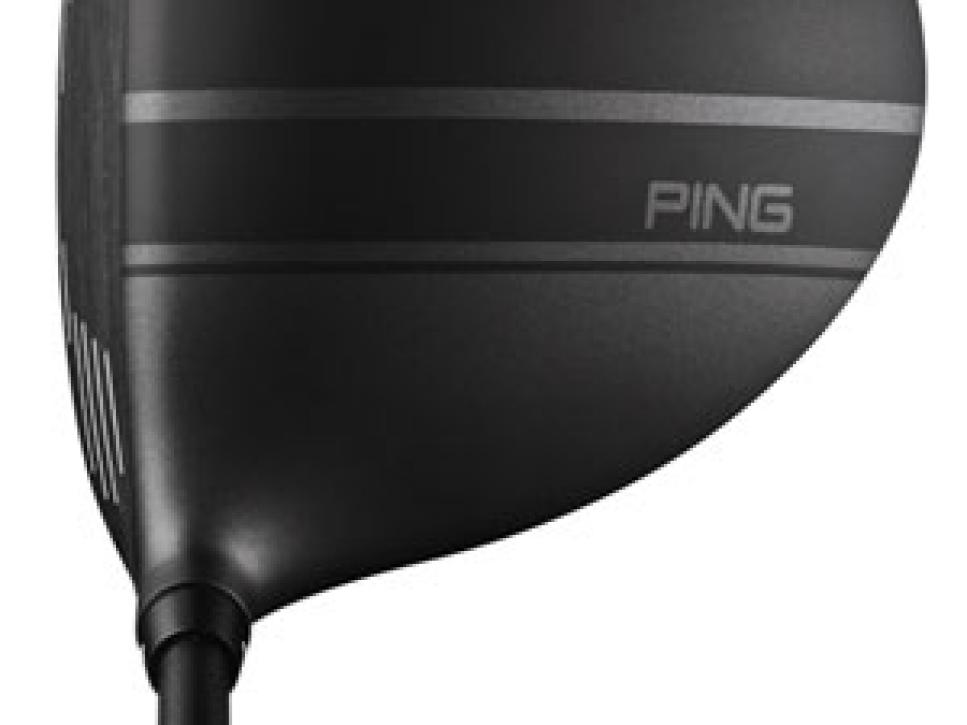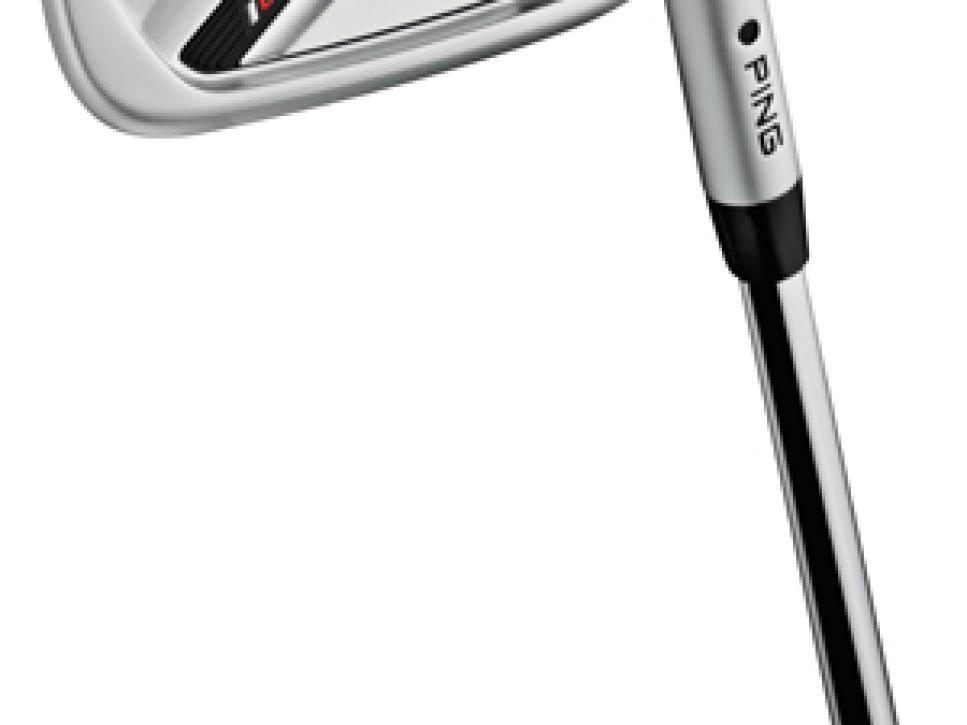The Loop
Ping's new i25, Karsten combo set: 'Common theme of increased distance'
Ping today introduced two new lines of clubs that at first glance might appear to be on opposite ends of the spectrum. Still, both share the same focus on game improvement that has been the hallmark of the company since it was founded by Karsten Solheim in 1959.

On the better players side of the ledger, the company unveiled the latest version of the "i" clubs, the new i25 driver, fairway woods, hybrids and irons. On more traditional "super game improvement" end of the market is Ping's Karsten hybrid/iron set. Both collections of clubs are geared toward a better understanding of distance and how different players define and seek the idea of game improvement in different ways.
"Our constant push for innovation continues to inspire technologies that help every type of golfer play better," said John A. Solheim, Ping chairman and CEO. "The new metal woods and irons carry a common theme of increased distance but are engineered with the improved consistency, forgiveness and feel that we design into all Ping clubs."
Even more importantly, Ping's research and emphasis on fitting applies equally to all players, says Paul Wood, Ping's engineering director.
"Even for a high-handicap player, the basic information from the swing is quite reliable," he said. "The 'swing DNA' is more reliable than the results."
Details on the new line:
__i25 metalwoods__The i25 line includes a new driver, fairway woods and hybrids. While the driver and fairway woods feature a distinctive crown stripe to aid in alignment, the metalwoods seem geared to a broader segment than previous "i" metalwoods. The driver features a Ti-8-1-1 body married to a Ti 6-4 variable thickness face. Tungsten weights in the sole are designed to lower the center of gravity and provide additional stability on off-center hits. The 17-4 cast stainless steel fairway woods feature a taller face with a thin perimeter for enhanced ball speeds.
Both the driver and fairway woods feature the adjustable hosel sleeve previously seen on the G25 and Anser drivers that allows players to tweak the lofts by plus or minus half a degree. Both also benefit from a new idea regarding stock shafts, as well. Called the PWR series (for "performance weighting responsiveness"), both the driver and fairway shafts range across three different weights. For example, Ping's research shows that only a little more than half of golfers fit into the same shaft weight in their fairway woods as their drivers, while 28 percent fit into a heavier shaft. The idea grew from Ping's nFlight fitting software research as well as new data from the company's use of ENSO, the motion capture analysis system developed by shaftmaker Fujikura. The shafts are geared to change launch and feel based on player needs and offer unique weights and stiffness profiles without altering swingweight.

The i25 hybrids are built in a traditional hybrid shape with some iron-like features including less bulge and roll for improved workability. The hybrid shafts also include the PWR shaft sytem, which is available in two different weights across the range of flexes.
The driver will be available in three lofts (8.5, 9.5 and 10.5 degrees). The fairway woods will come in 14-, 15- and 18-degree lofts, and the hybrid lofts are 17, 19, 22 and 26 degrees. __
____i25 irons__The new i25 irons follow up on the successful i20 irons and build on their theme of bridging the workability of a players iron with the ball-speed enhancing benefits of a game improvement iron. The design features progressive forgiveness features, including face thickness, blade length and stability on off-center hits as the set moves toward the longer irons. A key element is the use of stabilizing bars in the 17-4 cast stainless steel cavity-back heads. On the long irons, the bars are thinner to enhance the way the face deflects at impact for more ball speed. In addition to more compact shapes in the middle and short irons, the bars are slightly thicker to control spin and trajectory. Tungsten in the toe of each iron is designed to improve forgiveness and optimize the center of gravity. [#image: /photos/55ad7788b01eefe207f6d0bb]|||karsten iron-hybrid_fan.jpg|||
__Karsten hybrid/iron set__The goal with the new Karsten hybrid/iron set, Ping's first true combo set since the K15 set three years ago, is built on the idea of improving the club-to-club distance gaps for average players. Toward that end, the cavity-backed 17-4 cast stainless steel irons feature wider soles to improve launch angle and forgiveness, but also utilize slightly longer and lighter shafts to improve speed potential. In addition, the longer shafts are based on improving the transition between the hybrids and middle irons.
The set includes hybrids in place of the 3-, 4- and 5-irons, which feature internal heel and toe weighting to increase performance on off-center hits. But the clubs in the set are progressively designed, meaning the centers of gravity change from the hybrids and middle irons (farther back for stability) to the short irons (closer to the face to manage spin). The lofts change progressively, as well. They are slightly stronger in the long and middle irons (compared to Ping's standard lofts) but they match up with Ping's standard in the short irons.

